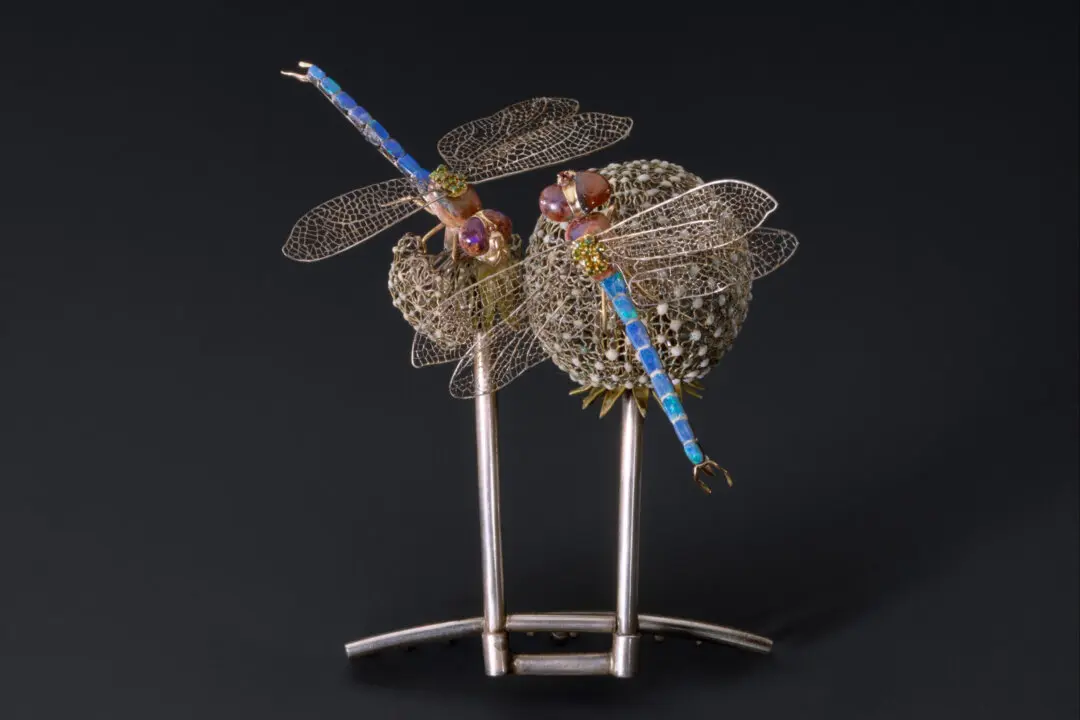A popular children’s pastime of hunting for buried treasure begins with dreams of unearthing pots of gold or a cache of jewels, but usually ends with potholes in a backyard revealing nothing more than sticks and stones. Those who continue to try their luck as adults use a better tool than a spade and shovel: a metal detector, with which some do actually find bits and bobs. It is exceedingly rare for anyone to discover a “holy trinity item” with gold, jewel, and royal provenance. A once-in-a-lifetime find of just such an object was recently revealed by the British Museum.
It is a Tudor-era heart-shaped pendant decorated with royal symbols suspended from a gold chain made of 75 links, authenticated by careful analysis of its materials and construction. This spectacular object was discovered by a café owner, who had bought his metal detector a mere six months previously, while exploring a friend’s farmland in Warwickshire, UK. This find has delighted and flabbergasted experts throughout the country, as nothing on its scale has been found before.





